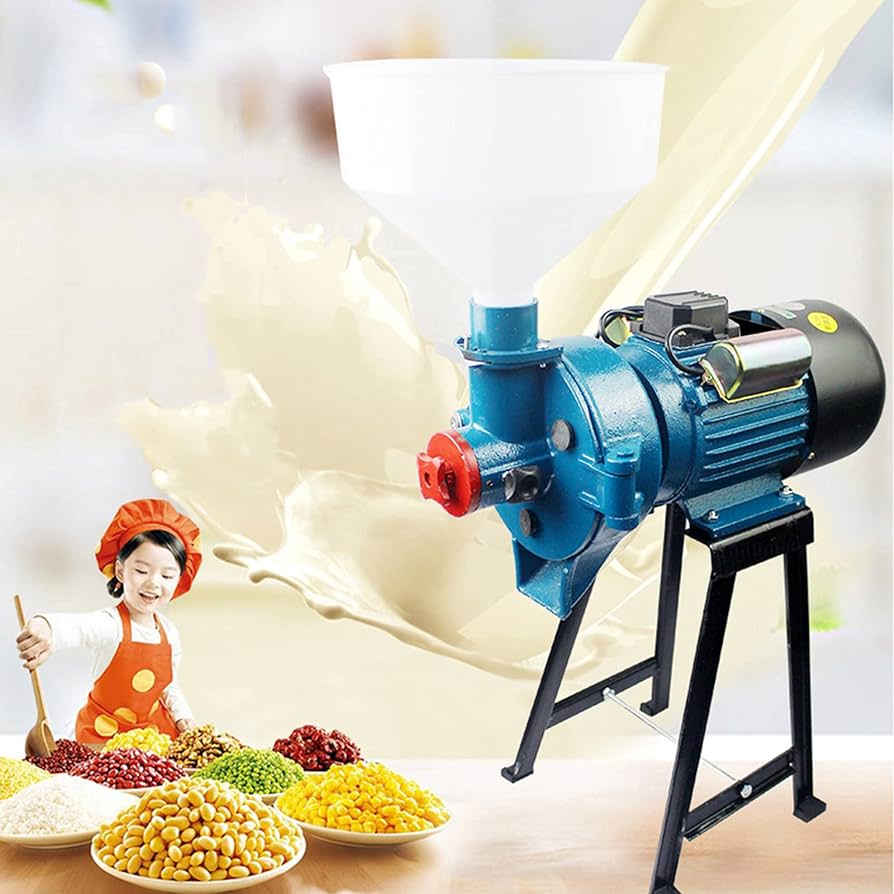Views: 175 Author: Site Editor Publish Time: 2023-09-12 Origin: Site

A grain milling machine is a mechanical device used to process various types of grains into flour or other grain-based products. These machines are essential tools in the agricultural and food processing industries and are used to convert whole grains, such as wheat, corn, rice, oats, barley, and others, into finely ground powders or meal. Grain milling machines come in various sizes and configurations to meet different production needs.
Here are some key aspects of grain milling machines:
Types of Grains: Grain milling machines can process a wide variety of grains, including wheat, maize (corn), rice, oats, barley, sorghum, and more. The choice of grain depends on the type of flour or grain-based product being produced.
Milling Process: The milling process typically involves several steps, including cleaning, conditioning, grinding, and sifting. Here's a brief overview of each step:
Cleaning: Grains are cleaned to remove impurities such as dust, dirt, stones, and foreign particles.
Conditioning: Some grains may require conditioning to achieve the right moisture content and consistency for milling.
Grinding: The cleaned and conditioned grains are ground into fine particles by the milling machine. The degree of fineness can be adjusted based on the desired end product (e.g., coarse flour, fine flour).
Sifting: After grinding, the milled product is sifted to separate the fine flour from coarser particles or bran.
Types of Grain Milling Machines:
Stone Mill: Traditional stone mills use two large stones to grind grains. They are known for producing high-quality flour with a distinctive texture.
Roller Mill: Roller mills use cylindrical rollers to crush and grind grains. They are commonly used in large-scale commercial milling operations.
Hammer Mill: Hammer mills use rotating hammers to pulverize grains into smaller particles. They are often used for coarse grinding.
Impact Mill: Impact mills use rotating hammers or blades to impact grains, resulting in fine flour. They are suitable for a wide range of grains and can produce flour with various textures.
Disc Mill: Disc mills use spinning metal discs to grind grains. They are versatile and can produce different types of flour.
Capacity: Grain milling machines vary in capacity, ranging from small-scale, tabletop models suitable for home use to large industrial machines capable of processing tons of grain per hour.
Automation: Modern grain milling machines may feature varying levels of automation, from manual operation to fully computer-controlled systems. Automation can improve efficiency and consistency in the milling process.
Safety: Grain milling machines should incorporate safety features to protect operators from potential hazards, such as moving parts and dust generated during milling.
Maintenance: Regular maintenance and cleaning of grain milling machines are essential to ensure their proper functioning and longevity.
Grain milling machines are essential for producing a wide range of grain-based products, including bread, pasta, cereal, and animal feed. The choice of milling machine depends on factors such as the type of grains being processed, production capacity, and the desired end product. Proper milling is critical for obtaining the desired texture, flavor, and quality in grain-based foods.